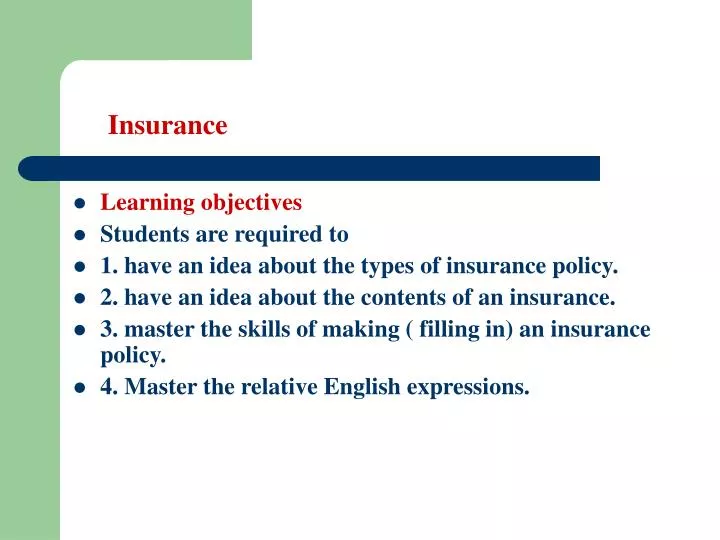Pacific Prime Things To Know Before You Buy
Table of ContentsThe smart Trick of Pacific Prime That Nobody is DiscussingPacific Prime Things To Know Before You Get ThisHow Pacific Prime can Save You Time, Stress, and Money.Pacific Prime Things To Know Before You Get ThisThe smart Trick of Pacific Prime That Nobody is Discussing

This is due to the fact that the data were gathered for a period of solid economic efficiency. Of the approximated 42 million individuals that were without insurance, almost regarding 420,000 (concerning 1 percent) were under 65 years old, the age at which most Americans end up being qualified for Medicare; 32 million were grownups in between ages 18 and 65, around 19 percent of all adults in this age; and 10 million were youngsters under 18 years old, about 13.9 percent of all youngsters (Mills, 2000).
These price quotes of the number of persons uninsured are produced from the annual March Supplement to the Present Populace Study (CPS), carried out by the Demographics Bureau. Unless or else noted, nationwide quotes of people without medical insurance and proportions of the population with different kinds of coverage are based on the CPS, the most widely made use of source of estimates of insurance coverage and uninsurance rates.
Some Ideas on Pacific Prime You Need To Know

Still, the CPS is particularly helpful because it creates yearly estimates fairly promptly, reporting the previous year's insurance policy protection estimates each September, and because it is the basis for a constant collection of estimates for more than twenty years, enabling analysis of fads in insurance coverage with time. For these reasons, along with the substantial use the CPS in other research studies of insurance protection that are offered in this report, we count on CPS price quotes, with restrictions kept in mind.

The quote of the variety of uninsured individuals broadens when a populace's insurance coverage status is tracked for numerous years. Over a three-year period starting early in 1993, 72 million people, 29 percent of the united state population, lacked protection for at least one month. Within a single year (1994 ), 53 million individuals experienced a minimum of a month without coverage (Bennefield, 1998a)
6 out of every 10 without insurance adults are themselves employed. Although functioning does improve the chance that a person and one's family participants will have insurance policy, it is not a guarantee. Even members of households with 2 full-time breadwinner have nearly a one-in-ten chance of being uninsured (9.1 percent uninsured price) (Hoffman and Pohl, 2000).
Excitement About Pacific Prime
New immigrants make up a considerable percentage of individuals without medical insurance. One evaluation has actually attributed a considerable part of the recent development in the dimension of the united state uninsured population to immigrants that arrived in the country between 1994 and 1998 (Camarota and Edwards, 2000). Recent immigrants (those that concerned the United States within the previous 4 years) do have a high rate of being without insurance (46 percent), but they and their kids represent simply 6 percent of those without insurance coverage across the country (Holahan et al., 2001).
The partnership in between medical insurance and accessibility to care is well established, as documented later in this chapter. Although the relationship in between health insurance and health outcomes is neither direct nor basic, a comprehensive clinical and wellness solutions research study literary works links health and wellness insurance coverage to better accessibility to care, much better high quality, and improved personal and populace wellness condition.
Levels of analysis for checking out the impacts of uninsurance. This discussion of medical insurance protection focuses mostly on the U.S. populace under age 65 since virtually all Americans 65 and older have Medicare or various other public coverage. It focuses especially on those without any wellness insurance coverage for any kind of length of time.
The Only Guide for Pacific Prime
The problems encountered by the underinsured are in some respects comparable to those encountered by the uninsured, although they are typically less serious. international travel insurance. Uninsurance and underinsurance, nevertheless, involve clearly different policy concerns, and the techniques for addressing them may vary. Throughout this study and the five reports to adhere to, the primary focus is on individuals without any medical insurance and hence no aid in paying for wellness treatment beyond what is readily available with charity and safety web institutions
Medical insurance is an effective element influencing receipt of treatment because both clients and doctors respond to the out-of-pocket rate of services - https://visual.ly/users/pacificpr1me/portfolio. Health insurance policy, nevertheless, is neither required nor enough to get to medical services. The independent and direct effect of health insurance protection on accessibility to have a peek at this site health and wellness solutions is well established.
Others will acquire the healthcare they require even without health and wellness insurance policy, by paying for it out of pocket or seeking it from service providers that supply care cost-free or at very subsidized prices. For still others, health and wellness insurance coverage alone does not guarantee receipt of care as a result of various other nonfinancial obstacles, such as an absence of healthcare providers in their community, minimal access to transport, illiteracy, or linguistic and cultural differences.
Getting My Pacific Prime To Work
Formal research about uninsured populations in the United States dates to the late 1920s and very early 1930s when the Board on the Expense of Treatment produced a collection of records regarding financing physician workplace sees and hospital stays. This problem ended up being prominent as the varieties of clinically indigent climbed during the Great Clinical depression.